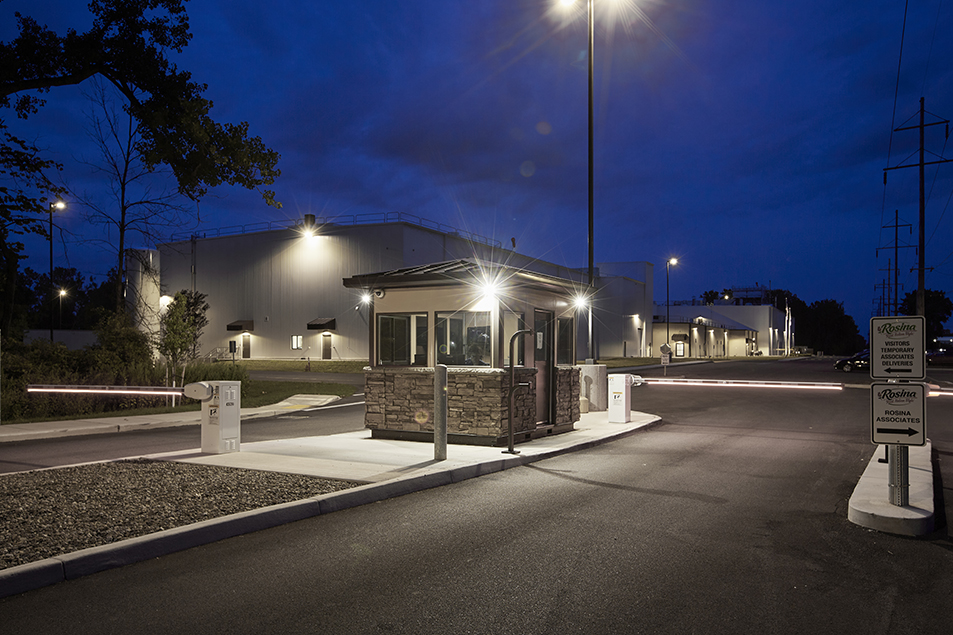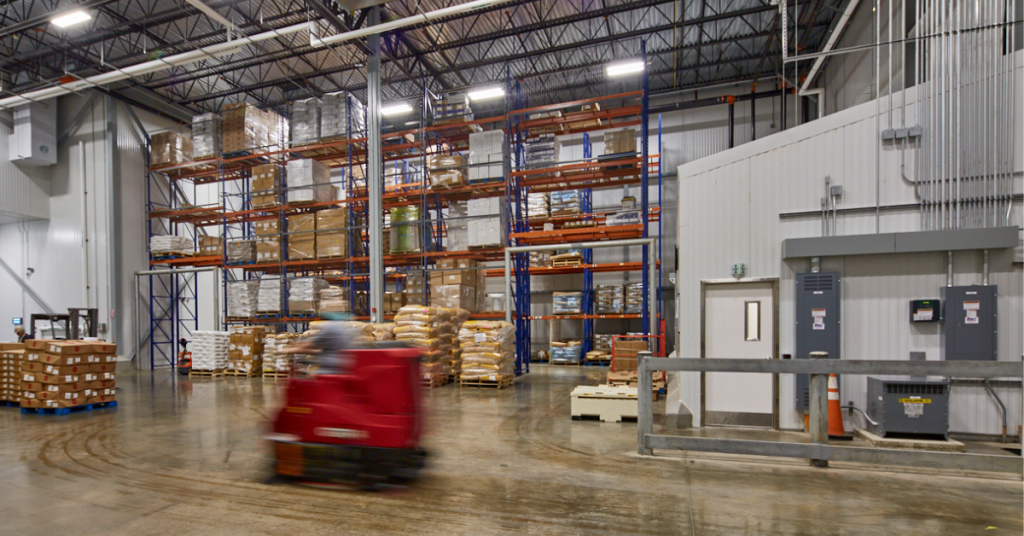The construction industry continues to face a tight labor market as contractors manage ongoing demand, leaving some no choice but to turn down projects if their workforce cannot meet the project needs. In 2021, more than 40% of construction firms reported turning down work due to labor shortages, according to the U.S. Chamber of Commerce.
However, demand for construction workers is only expected to rise. In November 2021, President Joe Biden signed the $1.2 trillion bipartisan Infrastructure Investment and Jobs Act into law, which is expected to create an average of 1.5 million jobs each year for the next decade and provide $550 billion to improve the nation’s infrastructure over the next five years. This legislation would fund airports, ports and waterways, roads, bridges and more, which would provide food plant owners with better access to farms, raw ingredients and distribution channels.
As demand rises, plant owners should understand the options for securing the necessary labor to complete their new-build or expansion projects and how their choices could impact the project lifecycle.
Traditional local labor projects involve the general contractor sourcing craft workers from the local labor market where the project is being built. These workers perform specialized tasks, such as roof framing, pouring concrete or installing equipment.
Self-performance labor involves general contractors using their own in-house team of workers for a project instead of “subbing out” the work. These groups are responsible for most or all trade disciplines.
Both options have advantages and disadvantages, but which is best for your circumstances and project? Let’s review their differences.
Using traditional local labor on projects
Local labor projects are a conventional method of building. Not only does hiring local subcontractors invest in the local economy, but it can also provide quick turnaround for staffing projects. In addition, government and tax incentives often make using local labor more attractive for companies — such as offering rebates, interest subsidies or tax breaks — though they vary from state to state.
Another benefit? Owners can use these local partners to provide a quick turnaround on any repairs in the future. Once a contractor is qualified, they can support the project for years to come if there is a need for repairs or upgrades to the facility.
There are also disadvantages to hiring local subcontractors, such as project delay risk and higher cost factors. Local laborers must often undergo an extensive pre-qualification process, which can be time-consuming and delay a project schedule.
Today’s labor shortages can make finding qualified subcontractors and laborers challenging, especially on large projects. Depending on the subcontractor, this could become an issue if the project is on a time crunch. If a contractor agrees to a job before securing sufficient staff, the project is certainly at risk of being delayed.
The rise of self-performing contractors
Self-performance labor has become a hot topic over the past few years. More builders are choosing to self-perform, allowing them to stay within budget by absorbing the cost of subcontracting labor and materials.
Self-performing contractors have an advantage when bidding on projects because it allows for more accurate estimates. Typically, these contractors also have greater control over project schedules and work quality since they use their own crew of qualified laborers. This mitigates the risk of having many contractors on-site and allows one team to focus on the project for its entire duration.
In addition to saving time and increasing safety on a project, self-performing contractors, like Stellar, come with great expertise. Their in-house teams often specialize in various disciplines — whether thermal, roofing, electrical, plumbing, utilities or something else — and understand their ins and outs. Since these teams are accustomed to working together, this can often save time on projects.
Local subcontractors must be pre-qualified, while a self-performing contractor team is already qualified. Eliminating the time spent on vetting, pre-qualification and hiring paperwork can allow contractors to better meet the owner’s schedule by starting work sooner, ultimately saving time and costs.
While there are many positives to hiring a self-performing group, there are also a few considerations, such as location and resource management.
Location can play an important role when it comes to construction costs. Depending on the project’s location, a self-performing group’s travel time and expenses may impact the project’s total cost compared to sourcing from the local labor market.
Resource management is also vital to planning construction. Self-performing general contractors address labor requests and updates daily instead of weekly or monthly. If a self-performing team does not have efficient communication, a project can become complex and tedious, potentially lengthening the project timeline. Communication is essential.
Local labor in the Rosina Foods project

In December of 2021, Stellar completed a 97,025-square-foot meatball processing facility for Rosina Foods in West Seneca, New York. This project consisted of building a third production plant for the company and was completed using more than 90% local labor. Stellar self-performed the thermal, refrigeration, plumbing and utility scopes of work for Rosina and incorporated a local subcontractor with Stellar management teams. Effective communication made the project successful: contractors were able to communicate and set expectations for deadlines and on-site work days. By using local workers, the project owner was able to identify local subcontractors to assist with future work and maintenance at the facility.
No matter what source of labor you choose for an upcoming project, Stellar can assist — from pre-qualifying skilled subcontractors to deploying our self-perform groups. Our teams can self-perform the following scopes of work, more than 50% of a project:
- Thermal (underfloor insulation, insulated metal panel walls and ceilings)
- Roofing
- Specialty Doors
- Plumbing
- Utilities (steam, gas, compressed air, water and more)
- HVAC
- Refrigeration
- Controls
- Electrical
We pride ourselves in being a single source of cutting-edge solutions for all of our clients’ needs — whether that involves design-build services for a greenfield facility, a renovation of an existing building, or a process engineering assessment to optimize existing operations. In a volatile labor market, it’s important to weigh the differences between securing local labor or opting for a self-perform contractor. As you prepare your next construction project, ensure your partners are meeting (and exceeding) your expectations.
Have questions about sourcing labor for your next project? Email us at foodforthought@stellar.net or give us a call at 800.488.2900.



